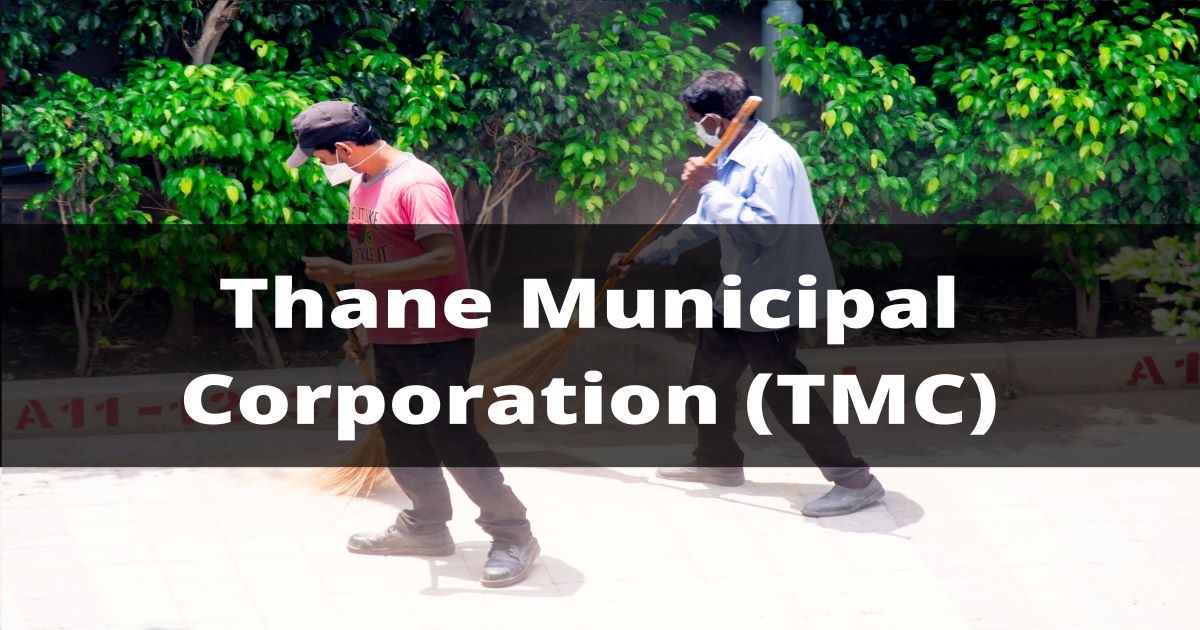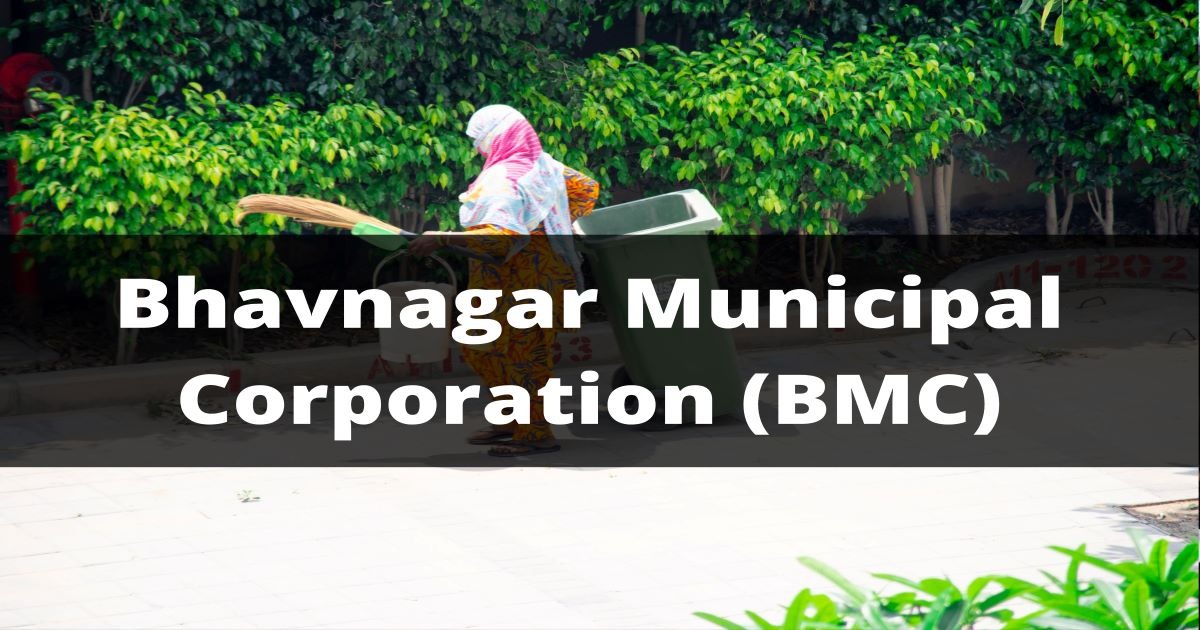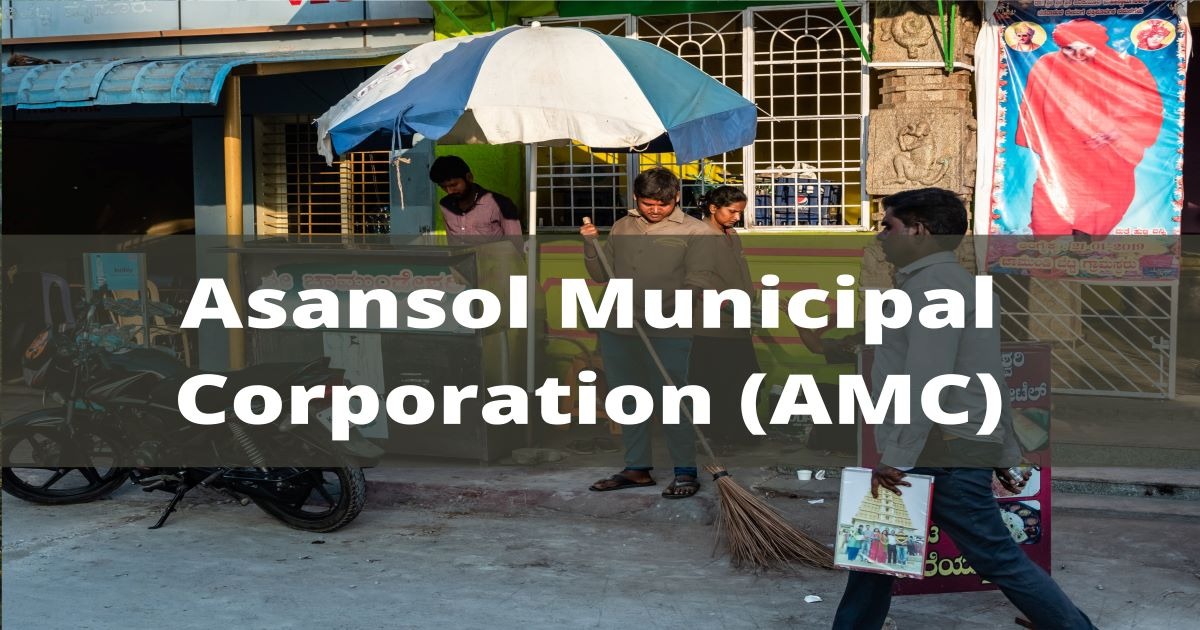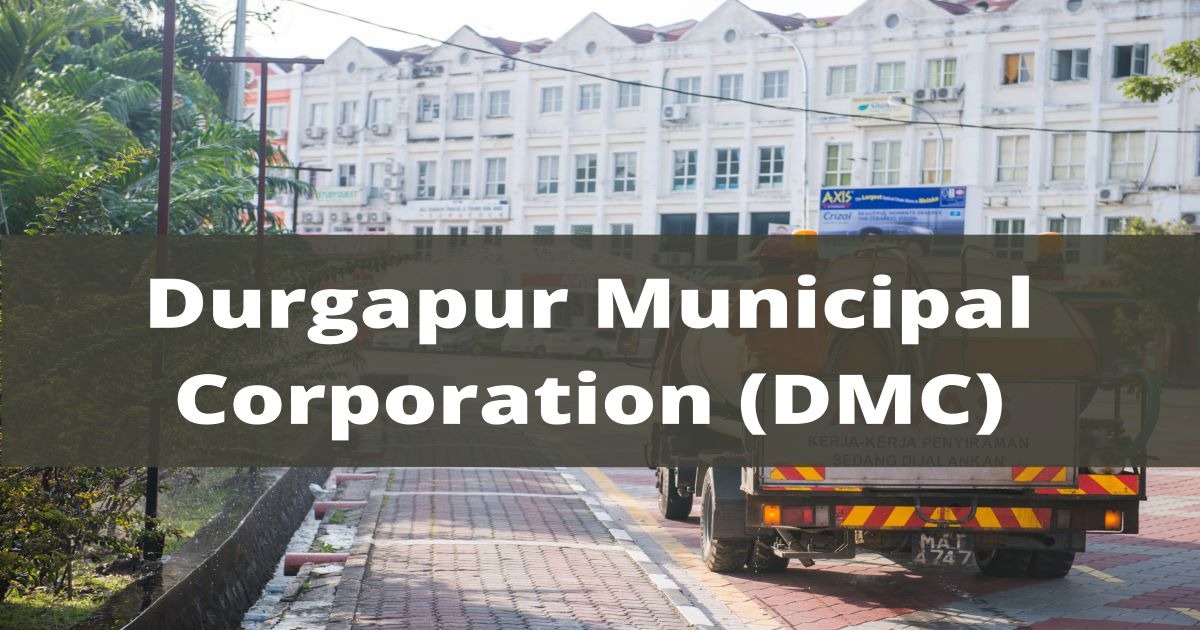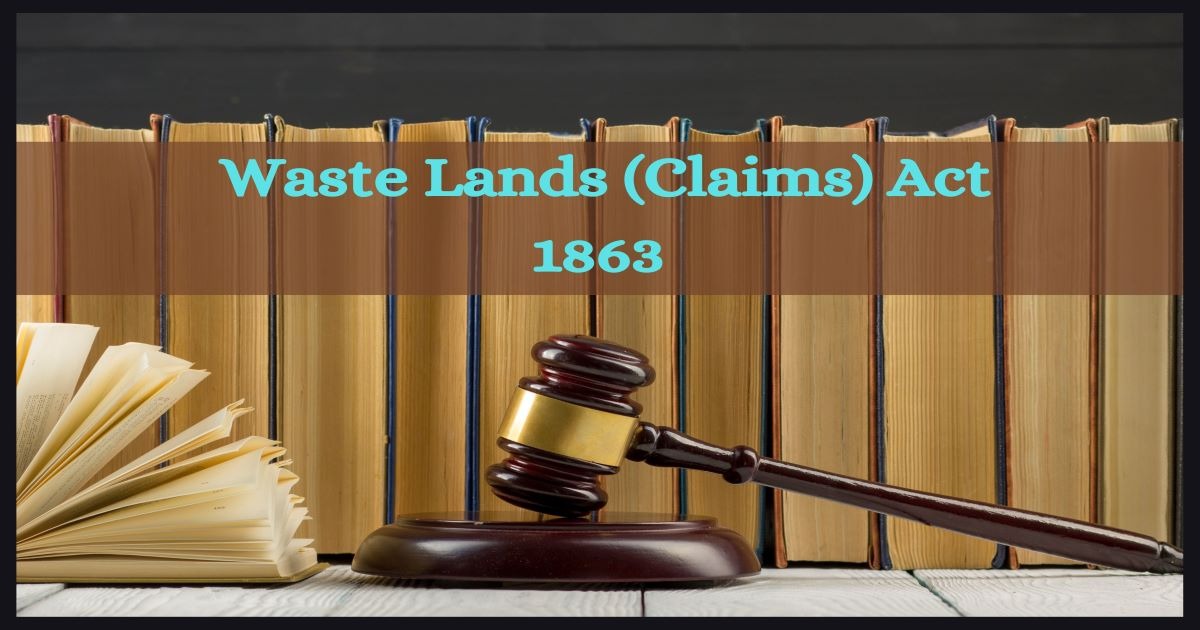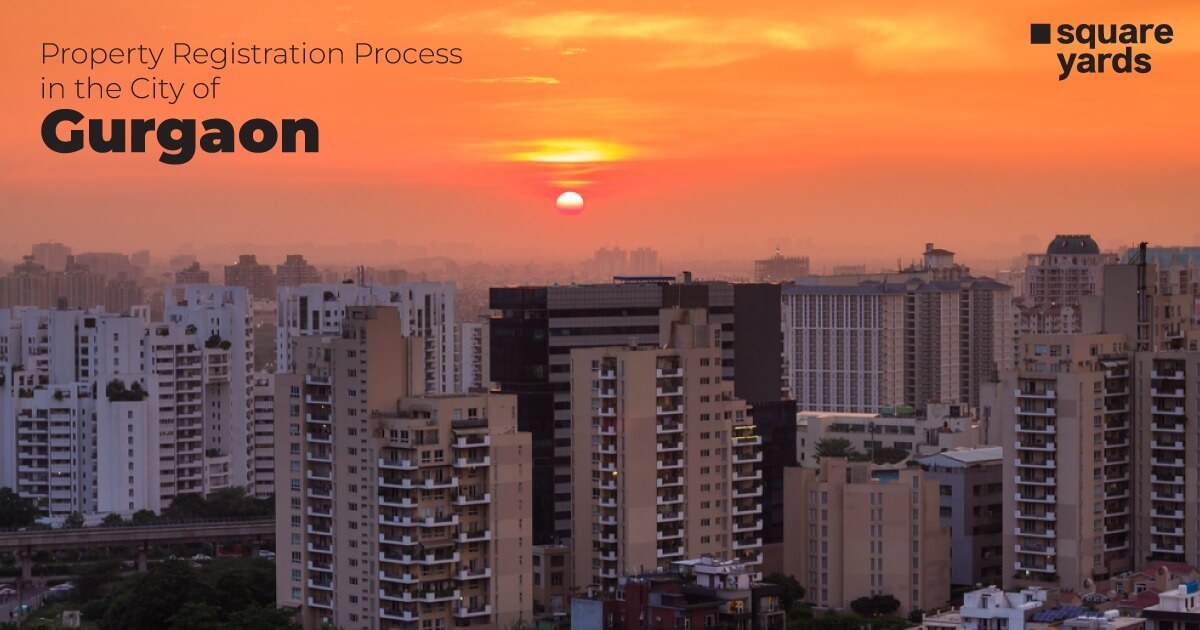This article mainly focuses on the terms and conditions which one needs to adhere to so that they can be eligible for the low-income group housing, under the PMAY LIG housing Scheme. Other than these, we will also discuss a few pointers describing the middle-income group and the high-income group housing plans of the government of India.
A Brief Introduction to the Housing Schemes Operating in India
Ranking at the second position in terms of the population count, India is witnessing a growth in demand for housing facilities. Not only is the low-income group obliged to demand better housing capacities but also people belonging to the MIG and HIG category which are respectively recognised as the Middle-Income Group and the High-Income Groups. Let us take a glance at the LIG MIG HIG housing standards which are prevailing over the country these days.
- LIG Housing: People belonging to the low-income group households that are capable of making a gross annual income of rupees 3 to 6 lakhs are categorised under this sub-heading. LIG Housing is subsidised for comprising only a single unit or anyone unit within a multi-storeyed structure of 60 sq. m having only the necessities for inhabiting. These necessities may include a toilet, facilities of water supply and electricity, etc.
- MIG Housing: Similar to the LIG housing scheme, MIG housing scheme categorises the population count of our country, those earning between 6 lakh rupees to 12 lakh rupees per annum. However, MIG also has a subdivision with the title MIG II that includes households that earns 12 lakhs to 18 lakh rupees per annum.
Previously, the MIG scheme was launched with a proposed carpet area for households to comprise 90 sq. m for the MIG I category and 110 sq. m for the MIG II category. However, the policy was revised and renewed by the government and the carpet area for both categories of the MIGs was increased to 120 sq. m and 150 sq. m respectively.
- HIG Housing: As obvious it is by its initials, the HIG housing facilities are for the people belonging to the high-income groups earning a net value of more than 18 lakhs a year. Housing facilities provided for this category of the population count include more than the base necessities for a living, i.e. luxuries in 2 or 3 BHK flats or bungalows comprising of a much larger surface area than those of the LIG and MIG accommodations.
Thus, by the above-listed LIG housing definition along with those of MIG and HIG, you must now be well-versed by the government policies underlaid in the PMAY, i.e. Pradhan Mantri Awas Yojana for setting up urban dwellings for the entire country.
Criteria for being eligible for the LIG housing policy
| Particulars | LIG |
| Annual Income of the Family | > Rupees 3 lakhs – up to Rupees 6 lakhs |
| Area of the House | Carpet Area Max 60 Sq. meters |
| Interest Rate – subsidy | 6.50% |
| Max Loan Eligibility for Subsidy | Rs 6 lakhs |
| Max Loan Tenure | 20 years |
As mentioned earlier, the economically weaker sections of the society EWS are prone to qualify for being eligible to be awarded the LIG housing policy. Under this category, the people belonging to the low-income groups will be able to apply for loans with low-interest rates for building a pucca house. In some cases, the government too would provide a certain percentage of the expenses or cover the entire expenses for building a household so that no Indians are deprived of living in a proper and well-structured dwelling. Here are some of the criteria which you must meet if you are seeking government aid for LIG housing India.
- You or your spouse should not hold a pucca house in any part of the country.
- Any of your unmarried children should also not possess property in any part of the country.
- Your income should be between the proposed ranges for the LIG housing as underlined in the Pradhan Mantri Awas Yojana.
- Also note that the income of the entire household, i.e. the total income earned by all the members of the family is taken into account. Therefore, you cannot qualify for LIG housing based on the salary or income of a single individual or the head of the household.
- Subsidies are only provided after the submission of a self-declaration comprising details of the income and property that is to be acquired. This self-declaration is supposed to be handed over to the lender from the borrower.
- Note that you can only construct a single unit under the LIG scheme. You can also construct this unit in a multi-storeyed structure, provided of it being a single accommodation.
- Infrastructural facilities such as water supply, electricity, sewage treatment, road, etc. are also covered.
- The constructed house can be acquired only in the name of a female member of the family. In exceptional cases where there are no female heads in the family, then only the accommodation will be allotted under the name of a male head.
Thus, the above-listed pointers indicate the regulations laid down by the PMAY LIG Scheme as a guideline for applying and qualifying for the housing loan. Note that the maximum tenure for the payment of loan under this category is 20 years at an interest rate of 6.50% subsidy. Having qualified as a LIG Housing member, you are eligible for getting a Loan Subsidy of up to 6 lakh rupees.
FAQs
Q. What is the full form of LIG housing?
Ans: LIG stands for the Low-Income Group housing facility.
Q. Who is eligible for a LIG housing plan?
Ans: People earning a yearly income between 3 lakhs to 6 lakhs are eligible for a LIG housing plan.
Q. What is PMAY?
Ans: PMAY stands for the Pradhan Mantri Awas Yojana that was launched in the year 2015 to reinforce the development of pucca houses for the residents of India irrespective of their income standards.


















